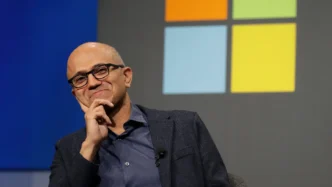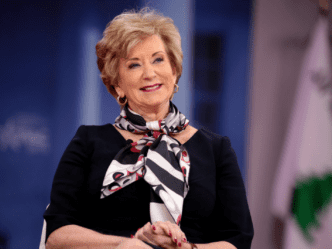Amazon is making a bold move in the race for generative video dominance. The tech giant has rolled out a powerful update to its AI video model, Nova Reel. Expanding its capabilities and inching closer to rivals like OpenAI and Google. With the release of Nova Reel 1.1, users can now generate videos that run up to two minutes. Double the length of what the original model could produce.
First launched in December 2024, Nova Reel marked Amazon’s official entry into the competitive world of AI-generated video. The model lives exclusively within Amazon’s AWS ecosystem. And is currently available only to selected users who request special access through services like Bedrock. The company’s AI development platform.
The upgraded Nova Reel doesn’t just offer longer videos—it introduces smarter video sequencing too. According to AWS developer advocate Elizabeth Fuentes, version 1.1 can now generate “multi-shot” videos with a consistent look and feel throughout. That means each six-second segment in the two-minute clip maintains a cohesive visual style. A feature that’s critical for storytelling and branded content creation.
What sets this version apart is the introduction of the new “Multishot Manual” mode. This tool gives users finer control over how each shot looks by combining a visual reference with a text prompt. Simply feed the model an image with a resolution of 1280 x 720 and a prompt of up to 512 characters. And Nova Reel can generate up to 20 customized shots from that single setup.
While these features bring exciting possibilities for content creators and marketers. There are still ethical and legal gray areas clouding the model’s use. Like many generative AI tools, Nova Reel is trained on large datasets—likely made up of existing video content. Amazon has yet to clarify the source of its training data. Sparking concerns about whether the system may have learned from copyrighted material without permission.
This lack of transparency raises red flags in an industry already grappling with intellectual property issues. If the model were to reproduce elements from copyrighted videos, users could face legal risks. Amazon, however, has stated it will stand by its AWS customers by offering legal indemnity if any disputes arise over content created with its AI models.
Despite these lingering questions, Nova Reel’s evolution signals that Amazon is fully committed to becoming a serious player in AI video. The ability to produce minute-long videos with visual consistency and manual control opens up new creative opportunities. Especially for advertisers, filmmakers, and media teams operating at scale.
As the market for generative video tools heats up, Amazon is clearly positioning Nova Reel as a serious alternative to the likes of Sora from OpenAI and Veo from Google. With its AWS-first approach and enterprise-level support, Nova Reel could be the key to unlocking scalable, on-demand video creation for businesses across industries.













